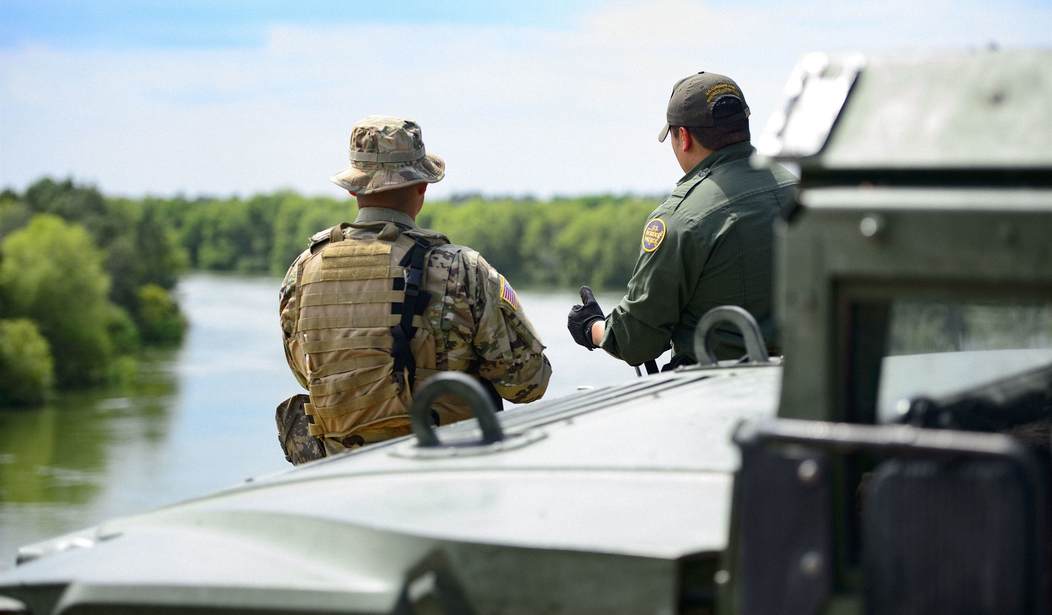In my decades of public service, I’ve never seen anything like the opioid epidemic ravaging our nation right now. Last year, nearly 50,000 Americans died from overdoses involving opioids. That was an increase of nearly 7,000 from 2016—which was itself an increase of about 9,000 from 2015. The numbers have been climbing for nearly two decades now, thanks in large part to the introduction of a synthetic drug called fentanyl.
Fentanyl is powerful pain medication—100 times stronger than morphine—often used as a sedative for large animals. Just 2 milligrams of the substance is lethal to an adult, making it almost as deadly as ricin. What has made it especially fatal is that it is now often laced into other drugs, such as heroin, pills, and even marijuana, without the users knowing it. Narcotics Police have even abandoned field tests of drugs out of fear they may accidentally come into contact with fentanyl.
Take a look at what’s happened in my home state: Ohio has the second-most opioid overdose deaths in the nation last year, with a total of 4,329 deaths, or 39.1 per 100,000 people. The city of Dayton is the birthplace of the Wright Brothers, inventors of flight, but addicts seeking more dangerous highs have helped the city become known as America’s overdose capital—more overdoses occur in Dayton than anywhere else in the nation. The reason behind this is the same for why there is so much human trafficking in the area: the interchange of Interstate-70 and Interstate-75 lies just outside the city. Smugglers use this highway interchange to move people, guns, and drugs north to Canada, or east to the coast. Almost every drug that gets to New York travels up from the southern border and through Dayton.
Fortunately, Republicans and Democrats alike have recognized the seriousness of the opioid crisis and are acting in bipartisan manner to solve it. President Trump last week signed into law the SUPPORT for Patients and Communities Act, which takes a multifaceted approach to the problem by addressing treatment, recovery, and prevention. The bill passed the House 396-14 in June and the Senate 99-1 earlier this month, a heartening sign of bipartisanship in these polarized times.
Recommended
But there’s more to be done. A documentary recently produced by Sara Carter, a Fox News columnist, shows how Mexican drug cartels contribute to this crisis. The film, Not In Vein, is emotionally powerful and well-researched: Carter spent years studying the topic and interviewing experts, including law enforcement officials. Carter interviews those who have been on the front lines of the battle against opioids in law enforcement and with families who’ve suffered the horrific loss of a child from the scourge of this addiction. She found that the cartels move their drugs and people into the country by exploiting certain areas of the United States-Mexico border. Tunnel systems, spotters, and midnight attempts all play a role in smuggling drugs into the nation.
Her solution to the crisis is much in line with the president’s immigration ideas: a massive wall on the southern border. Our border police are spread too thin along the 1,954-mile-long border. They do not have the resources to address the amount of activity. The lack of control at the southern border has made it easy for cartels to smuggle contraband deep into the country. According to a Senate report released this past May, the U.S. Border Patrol seized over 3,500 pounds of opioids—including 286 pounds of fentanyl—between 2013-2017, primarily at the Southern Border. The number of seizures was up, too, “increasing by 30% from 194 seizures in 2013 to 252 seizures in 2017.”
It's important to recognize that the Southern border isn’t the only source of opioids, but it is an important and growing one, which is why the solution Carter and other experts offer in Not In Vein deserves serious consideration from our politicians. Countless people around the country are making tremendous efforts to help addicts every day. But if we cannot stop the tide of drugs from entering the country, addicts will continue to get their fix, and more young people will continue to fall prey.



















Join the conversation as a VIP Member